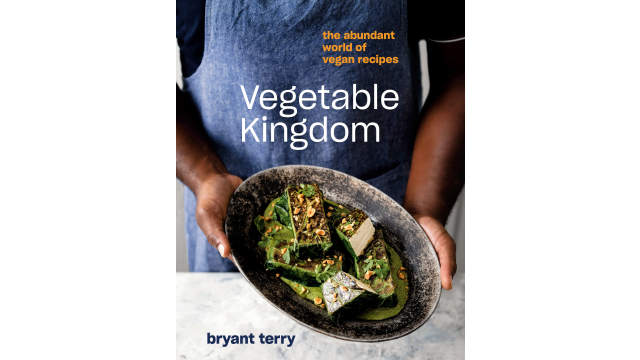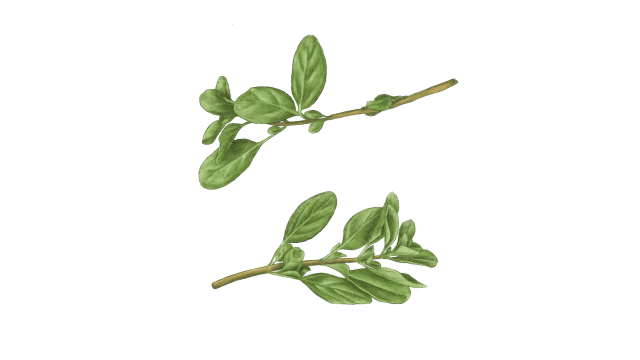Q&A with Michal Korkosz

In 2017, when he was nineteen, Michal Korkosz’s food blog Rozkonszny (“delightful” in Polish) found a huge fan following in Poland. He was 22 when his first book, “Fresh from Poland: New Vegetarian Cooking from the Old Country,” was released, winning praise and admiration for serving meat-free Polish food embellished with memories and stories. Winner of the 2017 SAVEUR Blog Award for Food Photography, Korkosz’s charming persona and tempting food pictures truly embody the delight he takes in food. His speciality is the country’s vegetarian food and the celebration of traditional cooking and pairings and twists bought on by immigrant and global influences that define contemporary Polish food today.
Korkosz second book, Polish’d commemorates Poland’s global palate highlighting plant-forward recipes big on flavor and new takes on familiar and traditional recipes. The Warsaw resident wants readers to appreciate Polish food’s multicultural influences and the delicious ways to trying them in their home kitchens. Korkosz admits that for him, the best way to honor his Polishness and show gratitude is through food.
Roundglass Food: What led you to write your cookbook, Polish’d, which combines traditional Polish recipes with modern vegetarian twists?
Michal Korkosz: Polish’d contains re-defined traditional Polish recipes and dishes that are newly understood as Polish. That’s why I don’t operate with the phrase “Polish cuisine,” but “Polish cooking” as it represents how we Poles cook and eat right now. This cooking is lighter, quicker, healthier, with a load of Polish flavor, but understood in a new way — the global way. It’s infused with flavors and ingredients brought to Poland by immigration and globalization throughout history. Some people may call this fusion, but I’d rather think of it as the natural integration of global flavors and ingredients into Polish cuisine that has come to pass over time.
RG: You were the first person to write a Polish vegetarian cookbook. What place did plant food find in traditional Polish cuisine?
MK: For years, vegetarian food played a significant part of daily cooking in Poland for two reasons — poverty and Christianity. As Italians have cucina povera, we have kuchnia chłopska (“peasant cuisine”) which contained dishes based on ingredients such vegetables, grains (buckwheat, millet, barley), dairy, fermented food, and flour (think about pierogi and other Polish dumplings).
On the other hand, the aristocrats weren’t eating meat for at least a few months per a year because of many kinds of Christian Lent. When the Communist times came, there wasn't much meat either — it was even rationed.
After the transformation to democracy and liberal market, meat became a desired symbol of wealth and prosperity. That’s why Poles would serve their foreign guests kiełbasa and meat-based dishes, omitting the whole array of plant food that was considered as peasant. It took us a few decades to start celebrating the traditional vegetarian Polish cuisine as something to be proud of.
RG: How did World War II and that period affect Polish cooking? Does its impact show up today in any form?
MK: It was a very dark and sad period, and the cooking then was mainly influenced by hunger. Not really something that anyone would like to repeat, but recently there’s a strong wave in the less-waste cooking that has its reflection in old times. For example, people fry the potato skins creating crunchy no-waste crisps and that’s what people would do during World War II.
RG: Can you tell us about some traditional vegetables and herbs that are essential to creating an authentic Polish meal?
MK: There’s so many! But I’d point dill and marjoram as the most Polish herbs and when it comes to vegetables — beet, cabbage, celeriac, potato, carrot, and parsley.
RG: Can you recommend some of your favorite places or dishes that food enthusiasts visiting Warsaw should not miss?
MK: Again, there’s so many exciting places! But for every food enthusiast should try Źródło. It’s a restaurant that redefines Polish cuisine in a familiar but exciting way and actually there’s a dish in “Polish’d” that is inspired by a meal I had there!
RG: You write about how prayer was part of every meal as part of your Catholic upbringing. What’s something you make a point of doing before any meal and why do you do it?
MK: The point of Catholic prayer is to thank for food. I still do so but in a different way. I don’t throw myself at food, but I like to look at it first, talk about it or listen to how it was prepared, take a picture. I think taking pictures of food is a modern way of praying (laughs).
RG: What impact has your book Fresh from Poland made over the years?
MK: I constantly get messages that the book opened someone’s eyes, broke the stereotype. And it’s truly heat-warming for me. Fresh from Poland was also the first Polish cookbook that made into the best cookbooks of the year list like the one of Booklist and San Francisco Chronicle. Polish cooking receives little attention as part of the international vegetarian cookbook trend, so I’m happy that I could help to fill a gap a little.
RG: What’s a heritage cookware that you possess and can’t part with? What special association does it have for you?
MK: I own many vintage plates, bowls, and cutlery! Some of them are from flea markets, some of them are from my grandmothers’ kitchens — it’s an amazing feeling to eat from them, knowing that your ancestors did it too. On the other hand, I love modern Polish design, that's why I decided to style Polish’d with plates and bowls that come from the most talented Polish young craftsmen.
RG: What’s an herb that you associate with healing?
MK: My mom and grandmother would always make me mint or chamomile tea for stomach problems. My grandmother would also make me chamomile poultices for anything that would hurt me - bruised elbow, bitten by mosquito hand, or even tired eyes after hours of reading. I still associate it as a “magic” herb!
RG: How have you found ways to celebrate aspects of your identity in your cookbook and culinary work?
MK: For years, I wasn’t proud of my identity, but when I got a chance to tell the world about my native flavors, I didn’t hesitate. Writing Fresh from Poland was a healing process — it liberated my culinary DNA. I returned to childhood memories, to the flavors that I used to love so much after years of abandoning it. But I feel Polish’d is my most important book as through food I found my own definition of what being a young Pole means to me.
Key Takeaways
- Korkosz on celebrating Polish vegetarian food.
- Religion and politics shaped Polish veg choices.
- Korkosz blends Polish cuisine with global flavors.



